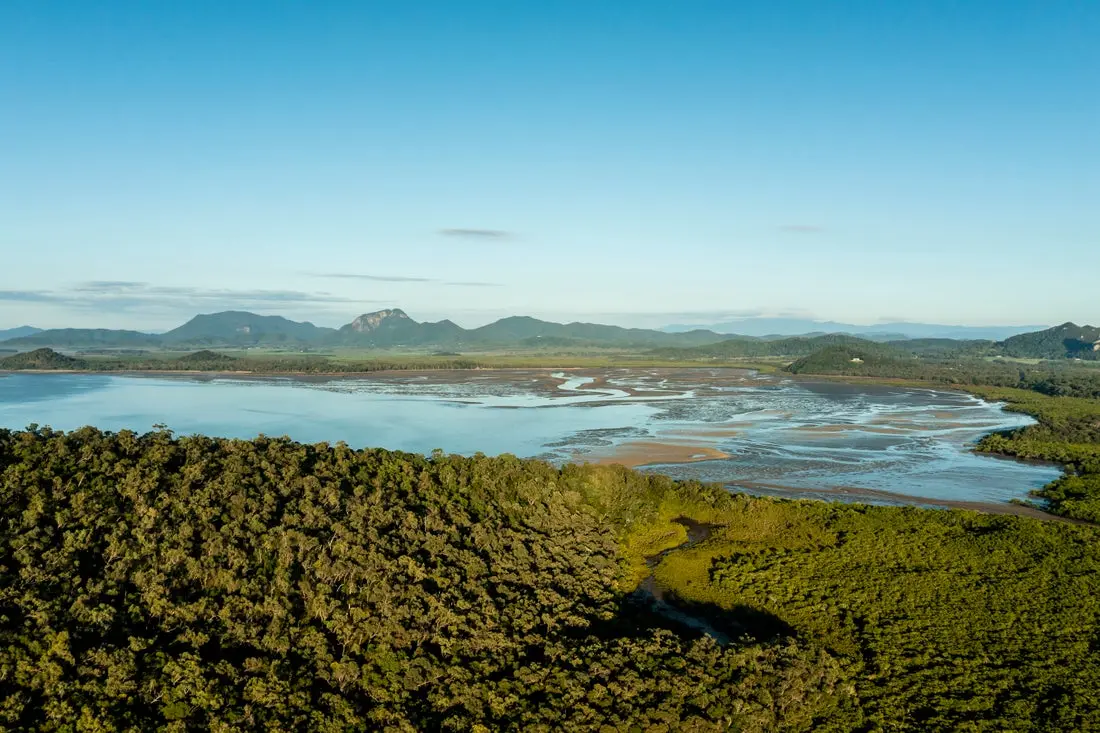
Cape Hillsborough history
Cape Hillsborough’s story begins more than 30 million years ago, when volcanic eruptions created dramatic lava flows. Evidence of this is Pinnacle Rock, which is the core of a long-extinct volcano. Millions of years of geological upheaval followed. Today, you can see the results among the battle-scarred rocks of the Cape’s twin beaches.
The area’s traditional custodians are the Yuibera people. Visit the Hidden Valley to see rock fish traps made tens of thousands of years ago, and, as you wander around, look out for stone axe-heads and middens, created by discarded shells. Dig beneath the soil for a metre or so, and you’ll discover fireplaces.

The first European to see Cape Hillsborough was Captain Cook, who, on 2 June 1770, gave the area its European name, after the Earl of Hillsborough. By the end of the 1860s, European farms were established.
In the 1950s, Rex and Vi Risley decided to develop Cape Hillsborough Nature Tourist Park on 2.5 hectares. They built trails, including the circular walking track and the road to Hidden Valley, and connected the park to spring water, electricity and telephone. In 1959, the first building, which is now the conference room, was pre-cut in Mackay and transported to the Cape by boat. The park opened seven years later, in 1966, and Cape Hillsborough National Park was founded in 1969. In 1975, the Risleys sold the park and moved on.
In 1993, a fully-sealed road opened to Cape Hillsborough, and, in 2001, the resort was connected to town water.